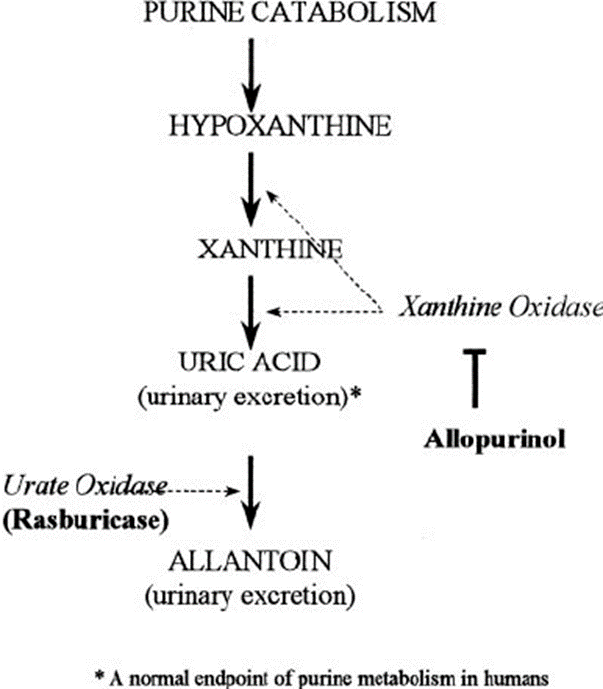A patient arrives in the emergency department at 0200 exhibiting signs and symptoms of a stroke. The patient went to bed at 2300 and was "feeling fine" but woke up at 0100 to go to the restroom and fell on the way there. The CT scan shows a hemorrhagic stroke. For what reason would tPA therapy be withheld?
tPA is not delivered for hemorrhagic stroke.
The total effects of ischemia are not currently known.
Too much time has passed since the symptoms began.
The patient's symptoms have progressed too quickly.
The Correct Answer is A
A. tPA is not delivered for hemorrhagic stroke: This is correct. tPA is a thrombolytic medication used for ischemic strokes, not haemorrhagic strokes, as it would exacerbate bleeding.
B. The total effects of ischemia are not currently known: While assessing the extent of ischemia is important for ischemic stroke, it is irrelevant here because the stroke is hemorrhagic.
C. Too much time has passed since the symptoms began: The time window is important for tPA in ischemic strokes, but in this case, the type of stroke (haemorrhagic) is the determining factor.
D. The patient's symptoms have progressed too quickly: The progression of symptoms does not affect the decision to use tPA; the contraindication is solely due to the hemorrhagic nature of the stroke.
Nursing Test Bank
Naxlex Comprehensive Predictor Exams
Related Questions
Correct Answer is D
Explanation
A. Lying prone as prescribed: While lying prone can help prevent hip flexion contractures, it is not directly related to promoting ambulation. It is typically part of post-operative care to prevent contractures in the hip, but ambulation primarily depends on upper body strength and prosthetic training.
B. Maintaining residual limb elevation: Elevation of the residual limb is important immediately postoperatively to reduce swelling, but prolonged elevation can lead to contractures, which can hinder ambulation.
C. Promoting coordination exercises: Coordination is important, but for ambulation, building strength, especially in the upper body, is crucial to support the use of assistive devices and maintaining balance.
D. Building upper body strength: This is essential for promoting ambulation as it helps the patient in using assistive devices like crutches or walkers and in transferring safely. Upper body strength is crucial for balance and mobility with a prosthetic limb.
Correct Answer is B
Explanation
A. It increases formation of purines: This is incorrect. Allopurinol works by inhibiting the enzyme xanthine oxidase, which is involved in the conversion of purines to uric acid. Therefore, it reduces, rather than increases, uric acid formation.
B. It blocks formation of uric acid: This is correct. Allopurinol decreases uric acid production by inhibiting the enzyme xanthine oxidase, which converts xanthine to uric acid, thus helping to prevent gout attacks and manage chronic gout.
C. It increases metabolism of purines: Allopurinol does not increase the metabolism of purines. Instead, it reduces the conversion of purines to uric acid, which is the substance that accumulates and causes gout.
D. It excretes proteins: Allopurinol does not facilitate the excretion of proteins. Its primary action is to reduce the production of uric acid.

Whether you are a student looking to ace your exams or a practicing nurse seeking to enhance your expertise , our nursing education contents will empower you with the confidence and competence to make a difference in the lives of patients and become a respected leader in the healthcare field.
Visit Naxlex, invest in your future and unlock endless possibilities with our unparalleled nursing education contents today
Report Wrong Answer on the Current Question
Do you disagree with the answer? If yes, what is your expected answer? Explain.
Kindly be descriptive with the issue you are facing.
